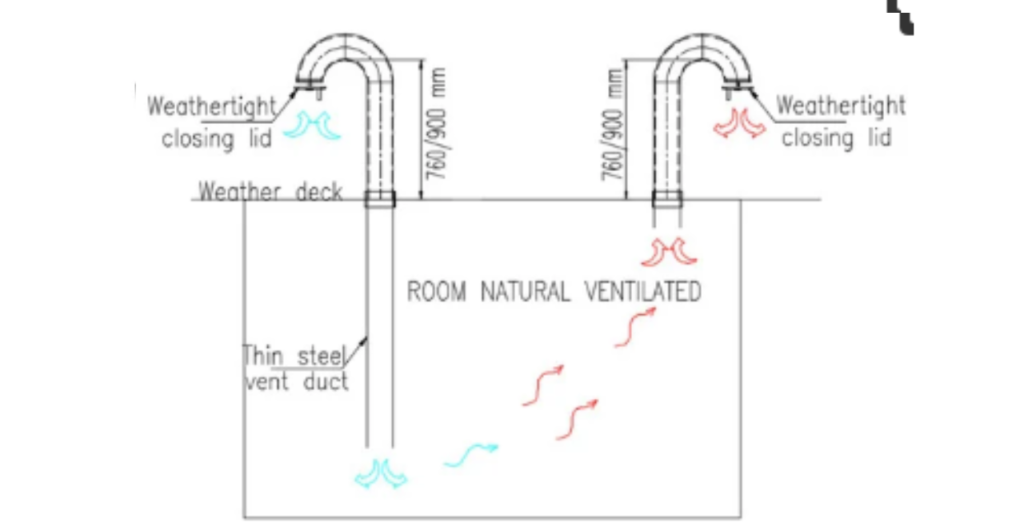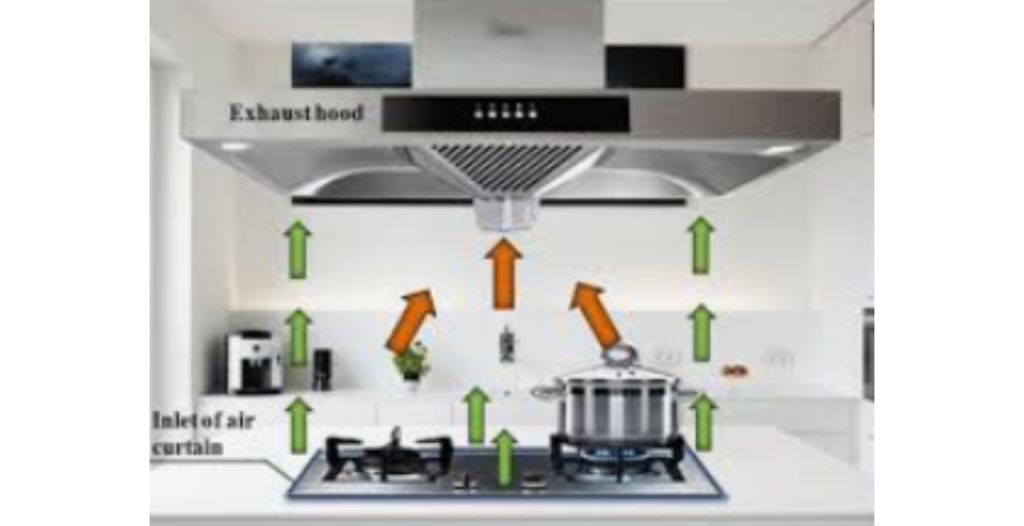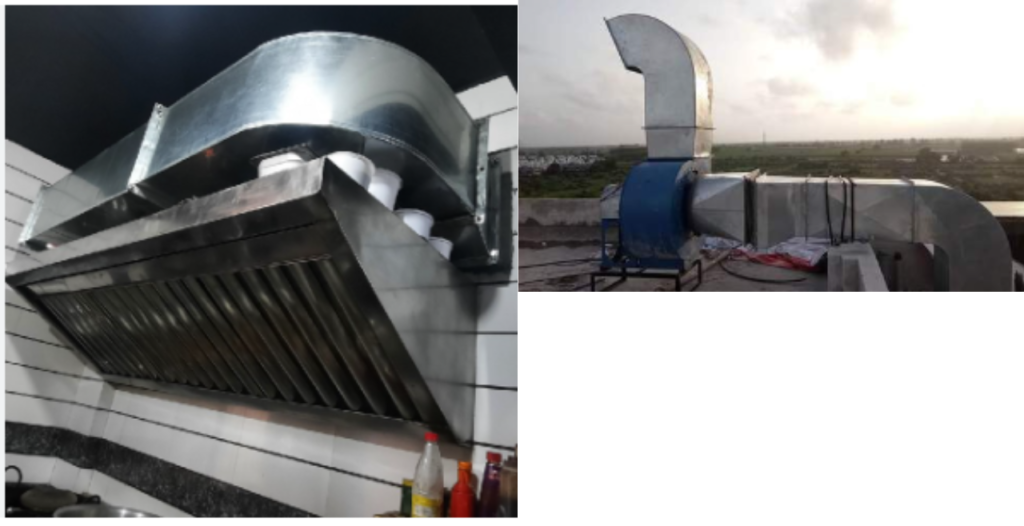SYSTEM COMPONENTS & ACCESSORIES
air vents or air eliminators or air separators, are essential components used to remove trapped air or gases from fluid systems, such as pipelines, tanks, and heat exchangers in process industries.
The presence of air in a fluid system can lead to reduced system efficiency, corrosion, and cavitation, making air venting a crucial process.
Here’s more information about air vents in process industries, including their working process, advantages, disadvantages, applications, materials of construction (MOC), and a summary:
Working Process:
The working process of an Air Vents Or Air Eliminators Or Air Separators in process industries involves the removal of unwanted air or gases from a fluid system. Here’s how it typically works:
Installation: Air Vents Or Air Eliminators Or Air Separators are strategically installed at high points or locations where air tends to accumulate within the system, such as the top of pipelines, tanks, or heat exchangers.
Air Accumulation: As fluid flows through the system, air or gases may get trapped due to various factors, including temperature changes, pump operation, or system design.
Automatic Operation: Many Air Vents Or Air Eliminators Or Air Separators are designed to operate automatically. They use float mechanisms or other mechanisms to detect the presence of air. When air is detected, the vent opens, allowing the air to escape.
Air Release: As the Air Vents Or Air Eliminators Or Air Separators opens, the trapped air is released from the system. This prevents air pockets from interfering with the flow of fluids and helps maintain system efficiency.
Continuous Operation: Air Vents Or Air Eliminators Or Air Separators may operate continuously to remove any air that accumulates over time or as needed.

Advantages:
System Efficiency: Air Vents Or Air Eliminators Or Air Separators help maintain optimal system performance by preventing airlocks, cavitation, and reduced heat transfer in heat exchangers.
Corrosion Prevention: The removal of air reduces the risk of corrosion in pipelines and equipment by eliminating the presence of oxygen, which can promote corrosion.
Reduced Noise: Air in pipelines can cause noisy operation, and air venting helps reduce noise levels.
Energy Savings: Efficient air venting can lead to energy savings by improving pump and heat exchanger efficiency.
Disadvantages:
Initial Cost: The installation of Air Vents Or Air Eliminators Or Air Separators adds an initial cost to the system, which may be a consideration for some applications.
Maintenance: Air vents require periodic maintenance to ensure they are functioning correctly and to prevent clogs or blockages.

Applications:
Air vents are used in various process industries, including:
- HVAC Systems: In heating, ventilation, and air conditioning systems to remove air and maintain efficient heat transfer.
- Water and Wastewater Treatment: To remove air from pipelines, tanks, and treatment processes.
- Chemical Processing: In chemical production and distribution to prevent corrosion and maintain product quality.
- Food and Beverage: In food processing to remove air from product lines and tanks.
- Pharmaceuticals: To maintain product quality and prevent contamination in pharmaceutical manufacturing.


Materials of Construction (MOC):
The materials used for Air Vents Or Air Eliminators Or Air Separators depend on the specific application and the fluids being processed. Common materials include:
- Stainless Steel: Suitable for a wide range of applications, including those involving corrosive fluids.
- Brass: Used in some HVAC and plumbing applications.
- Plastics: Appropriate for applications with non-corrosive fluids.


Summary:
Air Vents Or Air Eliminators Or Air Separators In Process Industries Play A Vital Role In Maintaining The Efficiency And Integrity Of Fluid Systems By Removing Trapped Air Or Gases.
They help prevent issues such as cavitation, corrosion, and reduced heat transfer.
While they add an initial cost and require maintenance, the benefits in terms of system efficiency and longevity make them a valuable component in various industries, including HVAC, water treatment, chemical processing, and more.
The choice of materials for Air Vents Or Air Eliminators Or Air Separators depends on the specific application and the fluids involved.


 Sales & Marketing:
Sales & Marketing:  Service Supports:
Service Supports:  Website:
Website: 